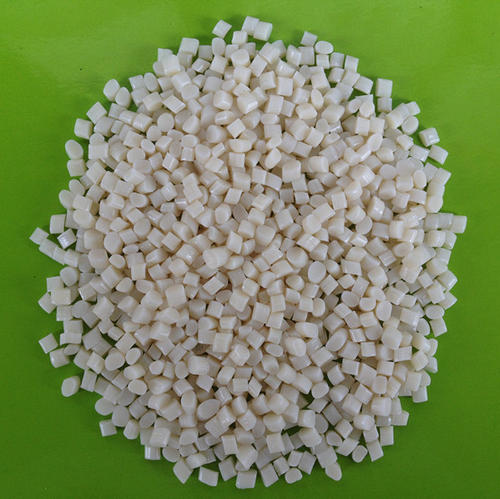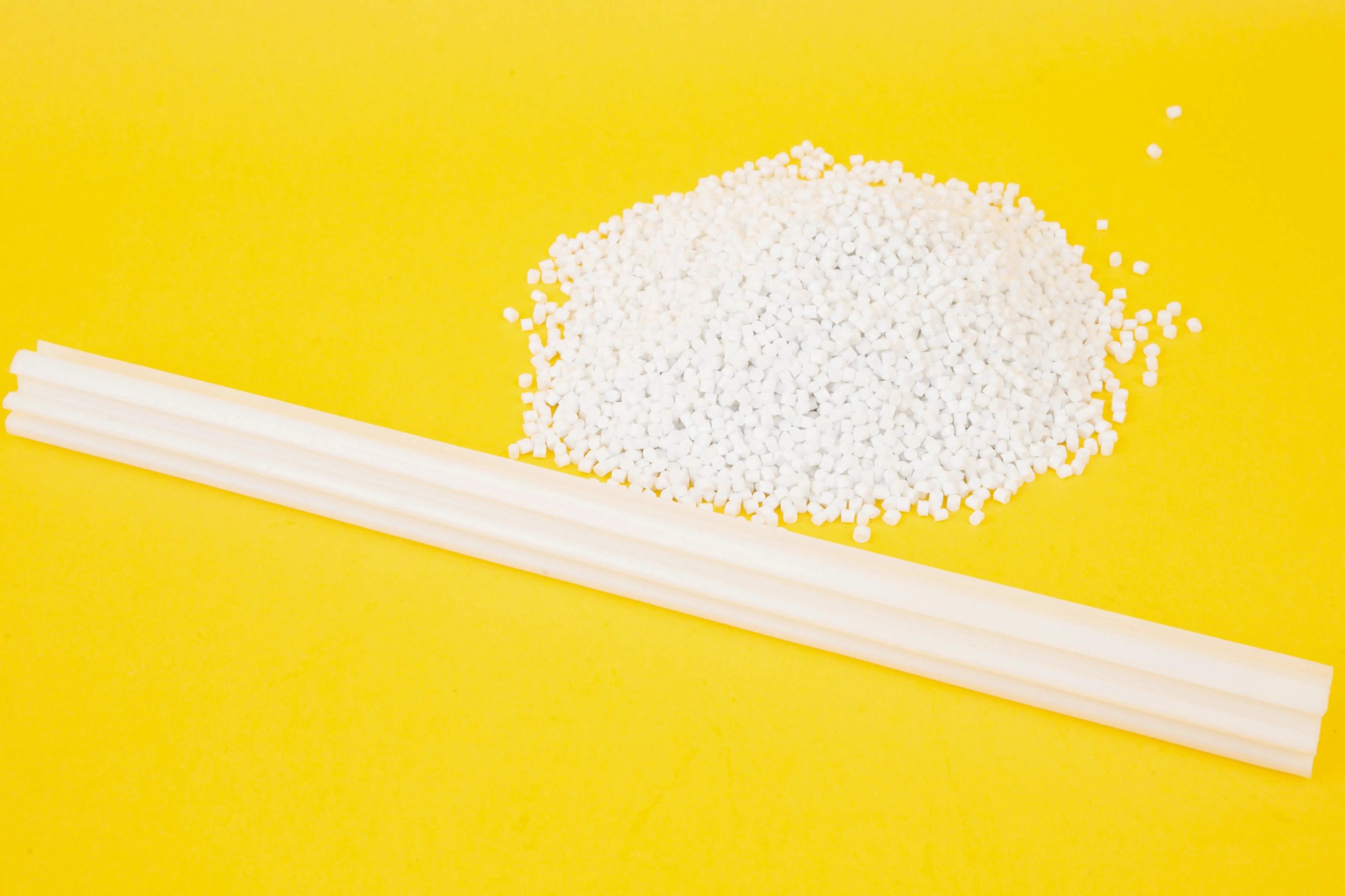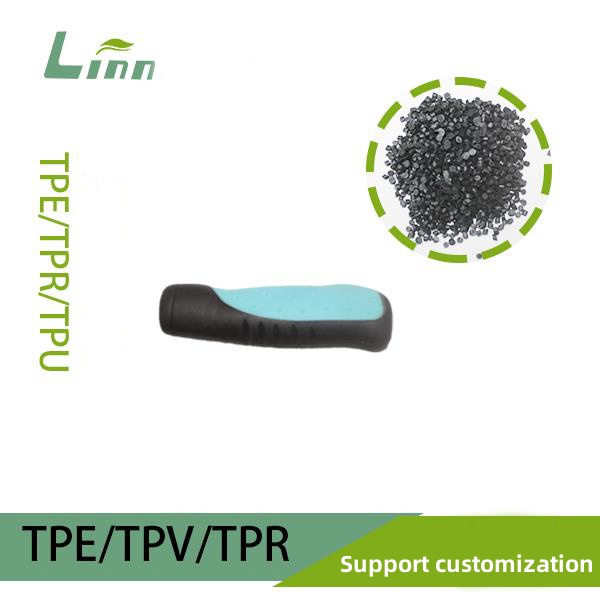As someone who’s spent over a decade in the injection molding industry, specializing in Thermoplastic Elastomers (TPE), I’ve seen my fair share of production challenges. One issue that comes up time and again is underfilling, where the molded TPE part doesn’t fully form, leaving voids, incomplete sections, or short shots. It’s frustrating when a part comes out of the mold looking incomplete, and I know how critical it is to pinpoint the root cause to keep production on track. In this article, I’ll walk you through the common causes of underfilling in TPE injection molding, drawing on my hands-on experience to explain why it happens and how to fix it. Whether you’re a manufacturer troubleshooting a production issue or just curious about the process, this guide will break it down with practical insights and solutions.

Understanding Underfilling in TPE Injection Molding
Before diving into the causes, let’s clarify what underfilling means. In injection molding, underfilling occurs when the molten TPE doesn’t fully fill the mold cavity, resulting in parts that are incomplete or have missing features. I’ve seen this manifest as gaps in thin-walled sections, incomplete corners, or even entire sections of the part missing. It’s a common issue with TPE because of its unique properties—part rubber-like elasticity, part thermoplastic processability—which can make it trickier to mold than rigid plastics like polypropylene.
In my early years running molding operations, I dealt with underfilling on a project for soft-touch grips, and it took some trial and error to get it right. The good news? Most underfilling issues can be resolved by addressing a few key factors. Let’s explore the main culprits and how to tackle them, based on what I’ve learned in the field.
Common Causes of Underfilling in TPE Injection Molding
From my experience, underfilling in TPE molding usually comes down to issues with material, mold design, machine settings, or process conditions. Here’s a detailed look at each cause, along with practical fixes I’ve used to get production back on track.
1. Inadequate Injection Pressure or Speed
TPE is a viscous material, and getting it to flow properly into the mold requires sufficient injection pressure and speed. If the pressure is too low or the injection speed is too slow, the material may not reach all areas of the mold before it starts to cool and solidify. I’ve seen this happen with complex molds that have thin walls or long flow paths, where the TPE struggles to fill distant corners.
Fix: Increase the injection pressure or speed, but do it gradually to avoid flash (excess material escaping the mold). In one project, I adjusted the injection pressure by 10% increments while monitoring the parts, which resolved the underfilling without causing other defects. Also, check that your machine’s pressure capacity matches the mold’s requirements—TPE often needs higher pressures than rigid plastics.

2. Improper Melt Temperature
TPE has a specific melt temperature range (typically 180-230°C, depending on the grade), and getting it wrong can cause underfilling. If the melt temperature is too low, the material becomes too viscous and doesn’t flow well, leading to short shots. If it’s too high, the material can degrade, affecting its flow properties. I once worked on a TPE phone case project where inconsistent melt temperatures caused half the parts to come out incomplete.
Fix: Verify the melt temperature using a pyrometer and adjust it to the supplier’s recommended range. For example, I’ve found that styrenic TPEs (SBC) often need a slightly lower temperature than thermoplastic polyurethanes (TPU). Also, ensure the barrel and nozzle are properly heated to maintain consistent temperatures throughout the process.
3. Inadequate Venting in the Mold
Molds need vents to allow air to escape as the molten TPE fills the cavity. If the vents are too small, clogged, or poorly placed, trapped air can prevent the material from filling the mold completely. I’ve seen this issue in molds with intricate geometries, where air gets trapped in corners or deep cavities, causing voids.
Fix: Inspect the mold for proper venting. In my experience, vents should be 0.01-0.03 mm deep for TPE to balance air escape with minimal flash. If vents are clogged with residue (common with TPE due to its additives), clean them thoroughly. I’ve also added vents to existing molds in problem areas, which solved underfilling in a medical tubing project.
4. Improper Gate Design or Location
The gate is the entry point where molten TPE flows into the mold, and its design and placement are critical. If the gate is too small, it restricts flow, causing underfilling. If it’s poorly located, the material may not reach distant parts of the mold. I’ve seen this in molds with a single gate trying to fill a large, complex part, where the TPE solidified before reaching all areas.
Fix: Review the gate size and location. For TPE, I recommend gates that are slightly larger than those for rigid plastics (e.g., 0.5-1.5 mm for small parts). If possible, use multiple gates for large or complex molds to ensure even flow. In one project, switching from a single pin gate to two edge gates eliminated underfilling in a TPE seal.
5. Material Issues: Moisture or Contamination
TPE, especially hygroscopic grades like TPU, can absorb moisture from the air, which affects its flow during molding. Wet material can cause bubbles, splay, or poor flow, leading to underfilling. Contamination from other materials or improper handling can also disrupt flow. I recall a batch of TPE that was improperly stored, leading to moisture absorption and a week of defective parts.
Fix: Dry the TPE before molding, typically at 70-90°C for 2-3 hours, depending on the grade. I always check the material supplier’s drying guidelines. Also, ensure the material is stored in a dry, sealed environment and that the hopper is clean to avoid contamination.

6. Low Mold Temperature
The mold temperature affects how TPE flows and solidifies. If the mold is too cold, the material can solidify prematurely, preventing it from filling the cavity completely. This is common with TPE because it’s more sensitive to temperature than some rigid plastics. I’ve seen this issue in high-speed production lines where molds weren’t given enough time to stabilize.
Fix: Increase the mold temperature to the recommended range (typically 20-50°C for TPE, depending on the grade). In one project, raising the mold temperature by 10°C solved underfilling in a TPE gasket without affecting cycle time. Use a mold temperature controller for consistency.
7. Insufficient Holding Pressure or Time
After the initial injection, holding pressure keeps the material packed into the mold as it cools, compensating for shrinkage. If the holding pressure or time is too low, the TPE may not fully pack the cavity, leading to underfilling. I’ve seen this in parts with thick sections, where inadequate packing left voids.
Fix: Increase the holding pressure or extend the holding time. I typically start with a holding pressure at 50-70% of the injection pressure and adjust from there. For a TPE handle project, extending the holding time by 2 seconds eliminated underfilling in thick sections.
8. Flow Path Obstructions or Complex Geometry
Molds with long flow paths, thin walls, or complex geometries can make it harder for TPE to fill completely, especially if the material’s viscosity is high. I’ve worked on parts with thin ribs where the TPE struggled to flow into narrow sections, causing underfilling.
Fix: Optimize the mold design by increasing wall thickness (if possible) or adding flow channels to ease material movement. In one case, I worked with a mold designer to widen a thin rib by 0.2 mm, which allowed the TPE to flow properly without compromising the part’s function.
Summarizing the Causes and Fixes
To make it easier to understand, here’s a table summarizing the main causes of underfilling in TPE injection molding and their solutions, based on my experience.
|
Cause |
Description |
Solution |
Key Tip |
|---|---|---|---|
|
Inadequate Injection Pressure/Speed |
Insufficient force or speed restricts TPE flow |
Increase pressure/speed gradually, check machine capacity |
Monitor for flash when adjusting |
|
Improper Melt Temperature |
Too low/high temperature affects viscosity or degrades TPE |
Adjust to supplier’s recommended range (e.g., 180-230°C) |
Use a pyrometer for accuracy |
|
Inadequate Venting |
Trapped air prevents full cavity filling |
Add/clean vents (0.01-0.03 mm deep) |
Check vent placement in complex molds |
|
Improper Gate Design |
Small or poorly placed gates restrict flow |
Use larger/multiple gates, optimize location |
Test gate changes on a prototype mold first |
This table is a quick reference I wish I’d had early in my career—it covers the most common issues I’ve encountered and the fixes that worked.
Real-World Examples from My Experience
Let me share a couple of stories to show how underfilling issues play out in practice. A few years ago, I was troubleshooting a production run of TPE phone cases. The parts had incomplete corners, and the client was frustrated with the high scrap rate. After checking the machine, I noticed the injection speed was set too low for the TPE’s viscosity. We increased the speed by 15% and adjusted the holding pressure, and the parts started coming out perfectly. It was a simple fix, but it saved the client thousands in wasted material.
Another time, I worked on a TPE seal for an automotive application. The mold had a complex geometry with thin ribs, and we kept getting short shots. After inspecting the mold, I found that the vents were too small and clogged with residue. We cleaned the vents and added a few more in problem areas, which solved the issue. These experiences taught me that underfilling often has multiple causes, and a systematic approach—checking material, machine, and mold—is the key to solving it.

Preventing Underfilling: Proactive Steps
Based on my years in the industry, here are some proactive steps to prevent underfilling before it becomes a problem:
Work with Your Material Supplier: TPE grades vary widely (SBC, TPU, TPV, etc.), and each has specific processing requirements. I always consult the supplier’s technical data sheet for recommended settings like melt temperature and drying conditions.
Invest in Mold Flow Analysis: Before production, use mold flow simulation software to predict how TPE will flow in the mold. I’ve used this on complex molds to identify potential underfilling risks early.
Regular Maintenance: Clean molds and check vents regularly to prevent buildup. I schedule mold maintenance every 10,000 cycles to avoid issues like clogged vents.
Train Your Team: Ensure operators understand TPE’s unique properties. In one factory, I held a training session on TPE processing, which reduced defects by 20%.
Prototype Testing: Test new molds with a small batch to catch underfilling issues before full production. I’ve saved clients from costly rework by catching problems early.
Troubleshooting Tips for Persistent Issues
If you’ve tried the fixes above and still face underfilling, here are some additional steps I’ve used to dig deeper:
Check for Machine Wear: Worn screws or barrels can reduce injection efficiency. I once traced an underfilling issue to a worn non-return valve, which we replaced to restore performance.
Verify Material Consistency: Variations in TPE batches can affect flow. I always request a certificate of analysis from the supplier to ensure consistency.
Monitor Environmental Conditions: High humidity can affect hygroscopic TPEs. I’ve installed dehumidifiers in molding facilities to keep material dry.
Consult a Mold Designer: If mold design is the issue, work with an expert to modify gates, vents, or flow paths. I’ve collaborated with designers to tweak molds, saving weeks of trial and error.
Safety and Quality Considerations
Underfilling doesn’t just affect aesthetics—it can compromise the part’s functionality and safety. For example, in medical devices like TPE tubing, underfilling can lead to weak spots that fail under pressure. I’ve worked with clients in regulated industries where we had to ensure every part met strict quality standards. Always perform quality checks (e.g., visual inspection, dimensional analysis) to catch underfilling early, and document process settings to maintain consistency.
Final Thoughts: Getting TPE Molding Right
After years of troubleshooting TPE injection molding, I can say that underfilling is a solvable problem if you approach it systematically. By checking your injection settings, material conditions, mold design, and process parameters, you can pinpoint the cause and get your production back on track. In my experience, most underfilling issues come down to a combination of factors, so don’t be afraid to experiment with small adjustments while monitoring the results. If you’re new to TPE molding or facing persistent issues, reach out to your material supplier or a molding expert—they can offer insights that save time and money. With the right approach, you’ll be producing perfect TPE parts in no time.

Related Questions and Answers
Q: Can underfilling in TPE molding be caused by the wrong TPE grade?
A: Yes, different TPE grades (e.g., SBC, TPU, TPV) have varying viscosities and flow properties. I’ve seen cases where a high-viscosity TPE caused underfilling in a mold designed for a lower-viscosity grade. Always match the TPE grade to the mold and application, and consult the supplier’s data sheet.
Q: How do I know if my mold vents are causing underfilling?
A: Look for signs like burn marks or voids in specific areas of the part, which indicate trapped air. In my experience, cleaning vents and adding 0.01-0.03 mm deep vents in problem areas usually solves the issue. A mold flow analysis can also help identify venting problems.
Q: Is underfilling more common with TPE than other plastics?
A: TPE’s higher viscosity and sensitivity to temperature make it more prone to underfilling than rigid plastics like PP or PE. I’ve found that fine-tuning injection pressure and mold temperature is often more critical with TPE.
Q: Can I use the same mold for TPE and other plastics?
A: Sometimes, but TPE’s flow properties differ from rigid plastics, so the mold may need adjustments (e.g., larger gates or vents). I’ve modified molds originally designed for PE to work with TPE by tweaking gate sizes and adding vents.
Q: How do I prevent underfilling in high-volume TPE production?
A: Use consistent material drying, optimize process settings, and maintain molds regularly. In my high-volume projects, I also use automated quality checks to catch underfilling early and keep scrap rates low.





